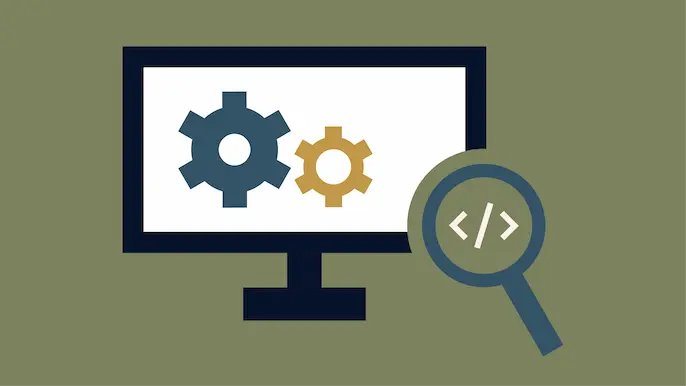
Virtual Application Penetration Testing
NetSPI tests your virtual application where it is hosted, internally or in a virtualized environment, evaluating server-side controls, data communication paths, and potential client-related security issues.
Virtual Application Penetration Testing Benefits
Companies make traditional desktop applications accessible from the internet by publishing them through virtualization platforms such as Citrix and VMware. These platforms make it easy to access existing desktop applications without requiring the large investment of rewriting legacy apps for the web. However, with the ease of access comes additional risks that don’t have to be considered when desktop applications live behind a firewall.
During virtual application penetration testing, NetSPI identifies the risks specific to applications published through virtualization platforms along with traditional application penetration testing to help ensure that your company is protecting its attack surface.
Our Offerings for Virtual Application Penetration Testing and Breakout Assessments

Static Analysis
During the static analysis phase of testing, NetSPI reviews the follow areas:
- Service account roles and permissions (e.g. client, application server, database server)
- Application file, folder, and registry permissions
- Application service, provider, WMI subscription, task, and other permissions
- Assembly compilation security flags
- Protection of data in transit
- Hardcoded sensitive data and authentication tokens (e.g. passwords, private keys)
- Hardcoded encryption material (e.g. keys, IVs)
- Use of insecure encryption and hashing algorithms
- Database user roles and permissions
- Database and server configurations

Dynamic Analysis
During the dynamic analysis phase of testing, NetSPI tests and reviews the following areas:
- Authentication and authorization controls enforced on the client and server
- Application user roles and permissions
- Application workflow logic between GUI elements
- Web services utilized by the application
- File system changes including file and folder creation, deletion, and modification
- Registry changes including creation, deletion, and modification of keys and values
- Application objects and information stored in memory during runtime
- Use of insecure encryption and hashing algorithms
- Network protocols utilized by the application (e.g. SMB, FTP, TFTP)
- Database connections

Breakout Testing
During breakout testing, NetSPI identifies configuration and application functionality that may allow a remote attacker to access the operating system through the published application:
- Virtualization platform vulnerabilities and misconfigurations
- Application-specific functionality
- Operating system configurations and security controls
- Ingress and egress configurations and security controls
*Note: If you are only interested in breakout testing, this can be completed as a standalone project.
You Deserve The NetSPI Advantage

Security Experts
- 300+ pentesters
- Employed, not outsourced
- Domain expertise

Intelligent Processes
- Programmatic approach
- Strategic guidance
- Delivery management team

Advanced Technology
- Consistent quality
- Deep visibility
- Transparent results

